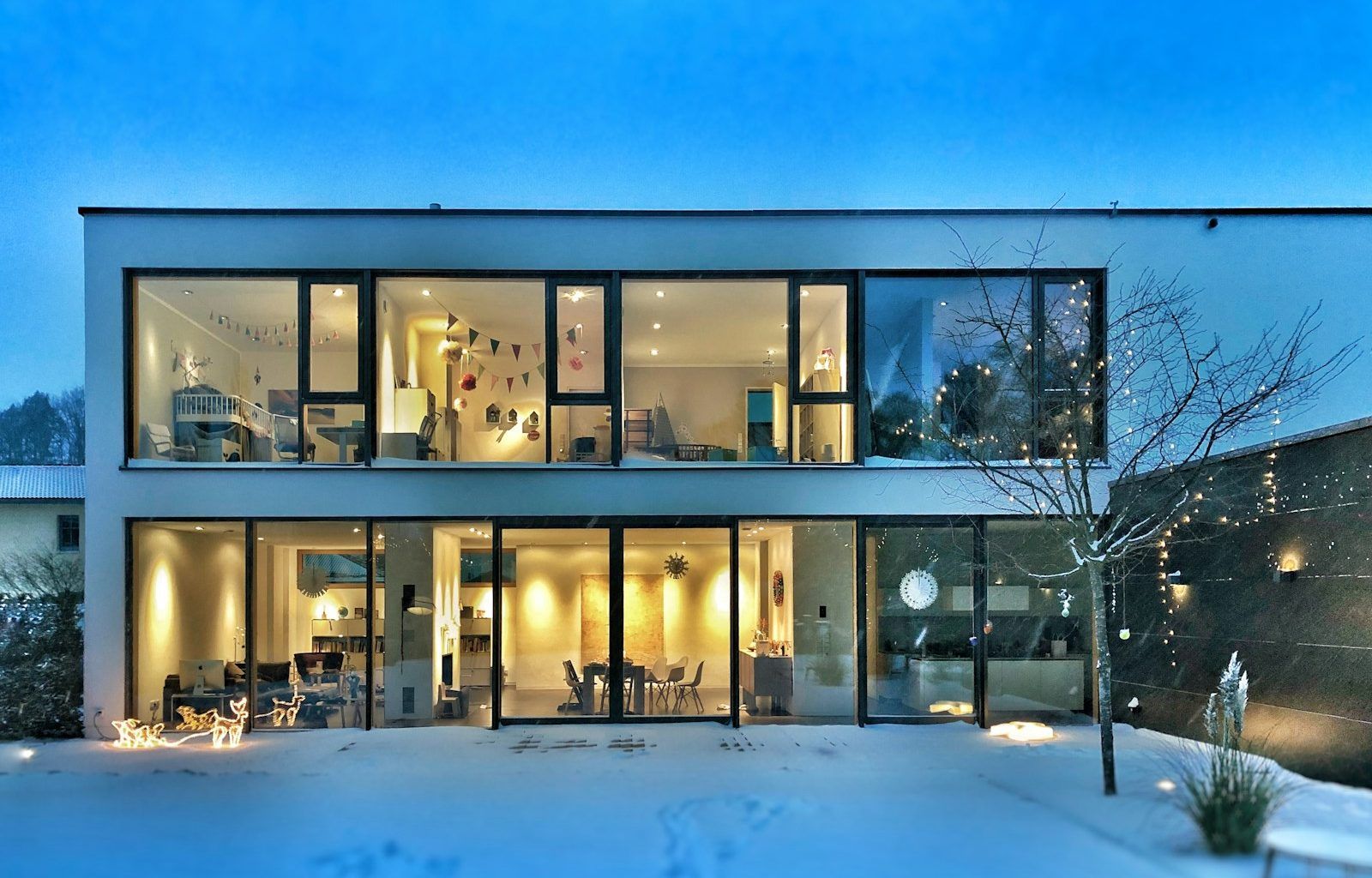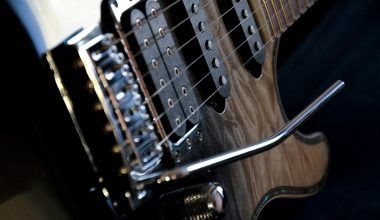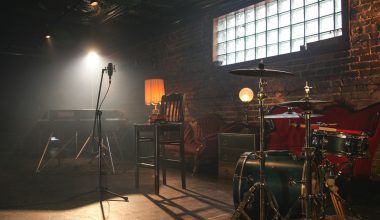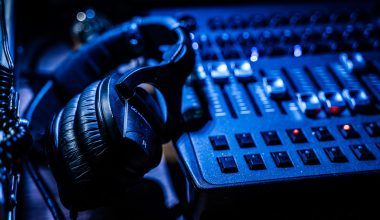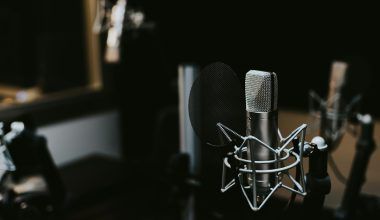Singing is such a joyful and expressive art form. Whether you’re just starting out or a seasoned vocalist, having the right home singing equipment can make a huge difference. With the right tools, you can practice effectively, record your voice, and even perform for your friends and family without stepping out of your house. Let’s explore everything you need to know to create your ideal setup.
Why Invest in Home Singing Equipment?
Before diving into the specific gear, let’s talk about why investing in home singing equipment is worthwhile. Imagine singing with clarity, recording your tracks like a pro, or even live-streaming your sessions. All of this is possible when you have the right tools.
When you sing at home, the right equipment helps improve your sound quality, boosts your confidence, and makes your practice sessions more productive. It’s not just about the technology; it’s about enhancing your overall singing experience.
Microphones: The Heart of Your Setup
A good microphone is the foundation of any home singing setup. It’s the piece of equipment that captures your voice and translates it into high-quality audio. There are two main types of microphones you’ll want to consider:
- Dynamic Microphones: These are durable and great for live performances. They’re less sensitive to background noise, making them ideal for home use if your space isn’t perfectly quiet.
- Condenser Microphones: These are more sensitive and capture a wider range of frequencies, which is perfect for recording vocals. However, they do pick up more background noise, so a quiet room is essential.
For beginners, a USB microphone is an excellent choice. It’s easy to set up and doesn’t require additional equipment like an audio interface. If you’re aiming for professional-quality recordings, investing in an XLR microphone might be a better option.
Choosing the Right Audio Interface
If you decide on an XLR microphone, you’ll need an audio interface to connect it to your computer. The audio interface converts your voice into digital signals and ensures high-quality sound. Look for one with a simple setup and features like gain control and phantom power (for condenser microphones).
Popular options include the Focusrite Scarlett series and the PreSonus AudioBox. They’re reliable, affordable, and perfect for home singers.
Studio Monitors vs. Headphones
Once your voice is recorded, you’ll need a way to hear it. This is where studio monitors and headphones come in. Both are essential pieces of home singing equipment, but they serve slightly different purposes.
- Studio Monitors: These are specialized speakers designed to deliver a flat and accurate sound. They’re great for mixing and mastering your recordings.
- Studio Headphones: These are perfect for detailed listening. Closed-back headphones are ideal for recording, as they prevent sound leakage. Open-back headphones are better for mixing, as they provide a more natural sound.
If you’re just starting out, a good pair of headphones will suffice. You can always upgrade to studio monitors later.
Acoustic Treatment: Creating the Right Environment
Your voice might be amazing, and your microphone might be top-notch, but poor acoustics can ruin everything. Acoustic treatment helps minimize unwanted echoes and background noise, making your recordings clearer.
Here are some simple ways to improve your home singing environment:
- Use foam panels or bass traps on the walls.
- Sing in a smaller room with carpets or curtains to absorb sound.
- Avoid singing in rooms with hard surfaces like tiles or large windows.
If you’re on a tight budget, even placing blankets or pillows around your singing area can make a noticeable difference.
Pop Filters and Mic Stands
A pop filter is a small but essential piece of home singing equipment. It reduces plosive sounds (like “p” and “b”) that can distort your recordings. They’re inexpensive and easy to attach to your microphone.
A sturdy mic stand is another must-have. It keeps your microphone steady, so you can focus on your performance. Adjustable stands are particularly useful, as they allow you to find the perfect height and angle.
Digital Audio Workstations (DAWs)
A DAW is software that lets you record, edit, and mix your vocals. There are many options available, ranging from beginner-friendly to professional-grade:
- GarageBand: Free and easy to use, perfect for Mac users.
- Audacity: Another free option, compatible with both Mac and Windows.
- Ableton Live, FL Studio, or Logic Pro: These are more advanced and ideal for those looking to produce music professionally.
Experiment with different DAWs to find the one that suits your needs and skill level.
Practicing vs. Recording
When setting up your home singing equipment, consider how you plan to use it. If you’re practicing, focus on tools that improve your technique, like a good microphone and headphones. If you’re recording, prioritize equipment that enhances sound quality, like acoustic treatments and a DAW.
Budget-Friendly Options
You don’t have to spend a fortune to get started. Many companies offer affordable versions of professional-grade equipment. For example:
- USB microphones like the Blue Yeti or Audio-Technica ATR2100x.
- Budget headphones like the Audio-Technica ATH-M20x.
- Free DAWs like Audacity.
Start small and upgrade as you progress.
Setting Up Your Space
A well-organized singing space can boost your productivity and creativity. Here are some tips:
- Keep your equipment easily accessible.
- Make sure your space is comfortable and free from distractions.
- Add personal touches like mood lighting or inspirational posters to make it inviting.
Streaming and Sharing Your Talent
With platforms like YouTube and Instagram, sharing your singing has never been easier. If you plan to live-stream or upload videos, consider investing in a good webcam and some basic video editing software. This will help showcase your talent in the best light.
Maintaining Your Equipment
To keep your home singing equipment in top condition:
- Clean your microphone regularly.
- Store your headphones and cables properly to avoid damage.
- Update your DAW software to access the latest features.
Final Thoughts
Building your perfect home singing setup doesn’t have to be overwhelming. Start with the basics, like a microphone and headphones, and gradually add more equipment as you grow. Remember, the goal is to create a space where you feel inspired to sing and improve.
No matter your budget or skill level, there’s home singing equipment out there for you. So take the plunge, set up your space, and let your voice shine!
Related Articles:
For further reading, explore these related articles:
- The Magic of Album Movies: A Journey of Music and Storytelling
- What Do “Bad Bunny Mia Lyrics” Mean? A Simple and Fun Explanation
For additional resources on music marketing and distribution, visit DMT Records Pvt. Ltd.
